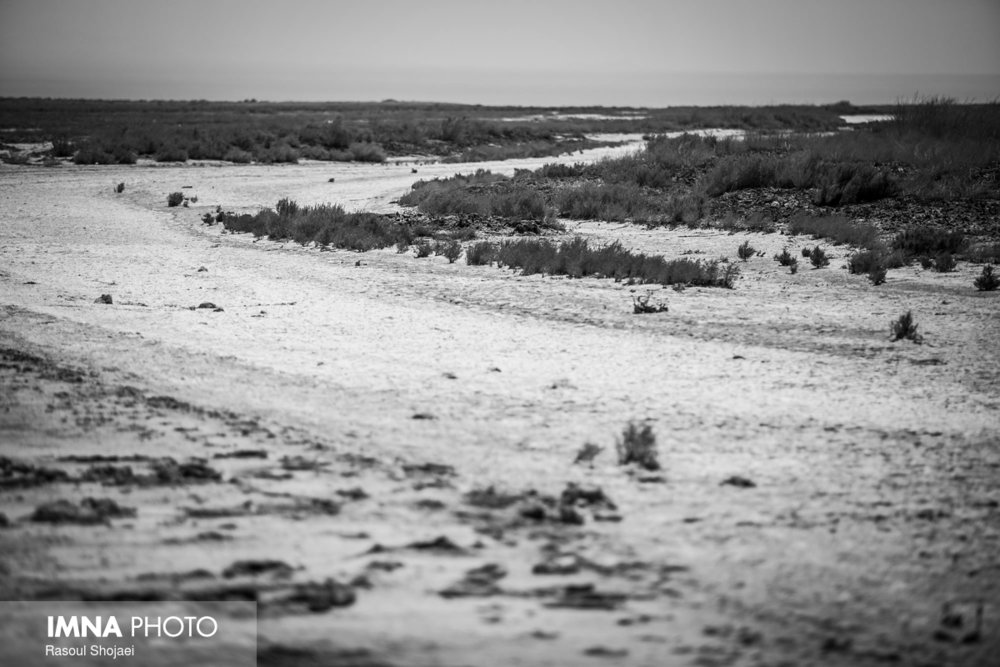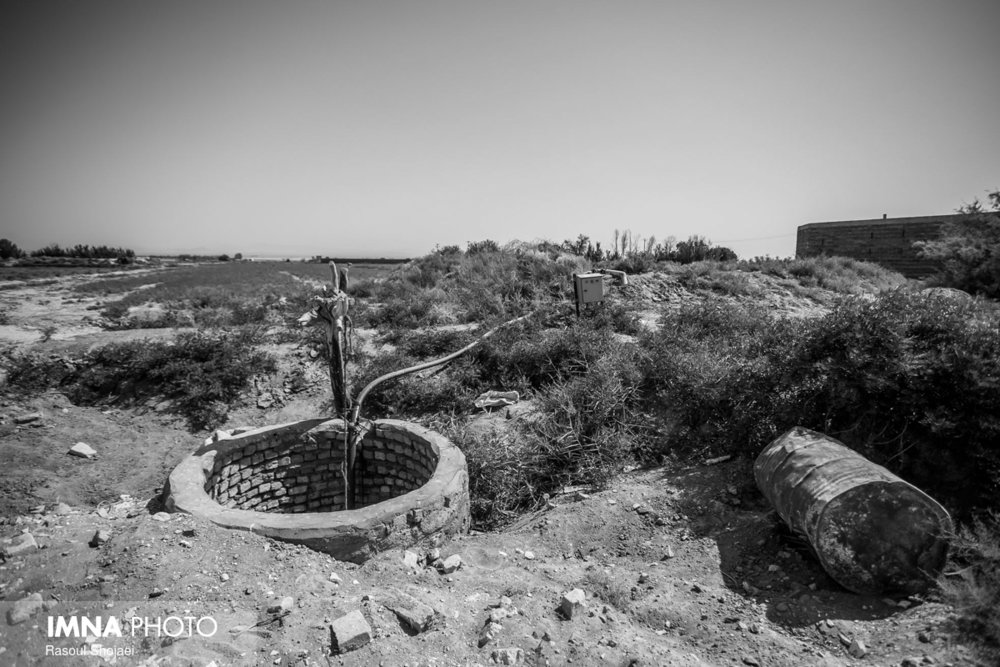Iran (IMNA) -Desertification is a serious problem that affects many regions of the world. While it may seem like it only refers to the advance of deserts, it actually encompasses much more than that. Desertification is the persistent degradation of dryland ecosystems caused by a combination of climate change and human activities. These activities include unsustainable farming practices that deplete the nutrients in the soil, mining, overgrazing by animals and clear-cutting of land. All of these actions can lead to erosion and the loss of plant cover. This can result in a vicious cycle where the soil becomes less fertile and more prone to erosion, making it even harder for plants to grow and thrive.
Investing in women’s equal access to land
Predictions state that by 2050, more than 75 percent of the world's population might be impacted by droughts. When compared to the two decades before 2000, drought frequency and duration have risen by 29% (WMO 2021). This is a major issue considering that more than 2.3 billion people currently experience water stress.
Despite having a significant stake in the health of the land, women frequently lack authority over it. Women confront tremendous obstacles in obtaining land rights anywhere on the globe, which limits their capacity to flourish and succeed. They continue to be subject to discriminatory laws and practices that restrict their ability to inherit and get access to resources in many areas.
With the adoption of a Gender Action Plan in 2017 and subsequent actions aimed at supporting national governments in adopting appropriate tools to promote gender equality and access to rights, awareness of the role of women in the direct management of soil under the UNCCD (United Nations Convention to Combat Desertification) has significantly increased in recent years.
There is still a need to increase the representation of women in the scientific fields in order to ensure the sustainable and equitable management of natural resources, particularly soil, and to ensure adequate participation in decision-making processes at all levels.
Global consequences of desertification
The loss of fertile soil and water resources has resulted in reduced agricultural productivity, which in turn leads to food insecurity and malnutrition. The effects of land degradation are not limited to the local population; they also have global consequences. Degraded lands release large amounts of carbon into the atmosphere, contributing to climate change. In addition, the loss of biodiversity and ecosystem services affects the entire planet. To address this issue, it is essential to adopt sustainable land management practices that balance economic development with environmental protection. This includes measures such as reforestation, soil conservation, and water harvesting. It also requires international cooperation to support developing countries in their efforts to combat land degradation and promote sustainable development. Only by working together can we ensure a healthy planet for future generations.

Iran's fight against desertification
Iran contains around 3.8 percent of the world's total desert land. Arid and semi-arid regions cover 61% of the country's land area, which is 3.1 times the global average.
In addition to planting vegetation, Iran has implemented policies to limit overgrazing and deforestation. These practices can help prevent the spread of desertification and preserve the land for future generations. Despite global efforts, however, desertification remains a significant problem in many parts of the world. The effects of climate change, including rising temperatures and changing precipitation patterns, are expected to exacerbate the issue in the coming years. As such, it is important for nations to continue working together to address this global challenge and find sustainable solutions that protect our planet's natural resources.
Iran has a 70-year record of combating the development of deserts and dust control. In areas of concern for sand and dust storms, particularly in zones with less than 50 mm of rainfall, there are about 5 million hectares of planted forests.
According to studies by international organizations, the Islamic Republic has recorded the second-highest number of desert regions that have been replanted after China.
According to the Sixth National Development Plan (2016–2021), desert greening measures were to be carried out in 1,140,000 hectares of the country's deserts, but only 350,000 hectares of deserts have undergone the operations to date, according to Parviz Garshasbi, deputy head of the Forests, Rangelands, and Watershed Management Organization.
The Organization estimates that between 2015 and 2020,12,000 hectares of countrywide forests will have been lost annually, leaving 14.3 million hectares of countrywide forests. This management body has established two elaborate strategies to reduce desertification in order to address the issue.
These initiatives include watershed and aquifer management, flood control, desertification, forest development, rangeland rehabilitation, conservation, and support initiatives meant to preserve water and soil, protect plants, avoid erosive processes, and lessen the effects of drought and nutritional harm.



Your Comment